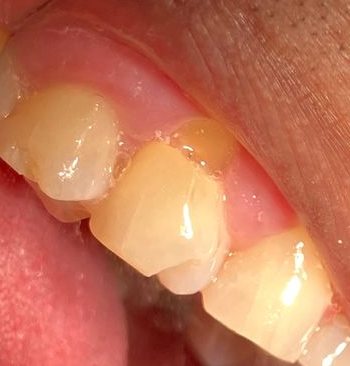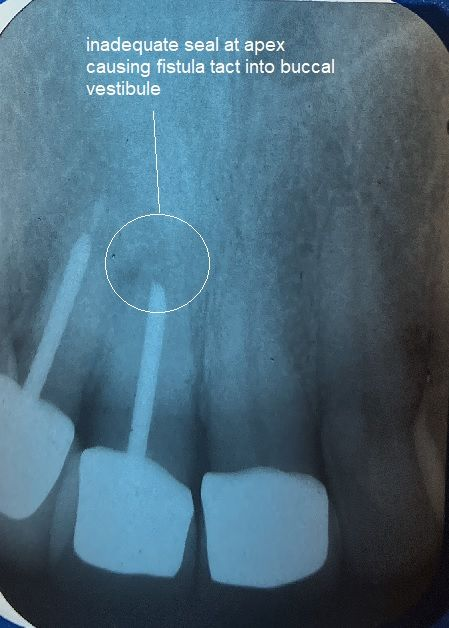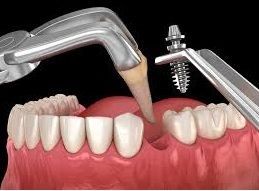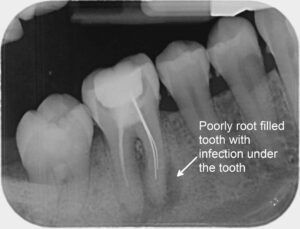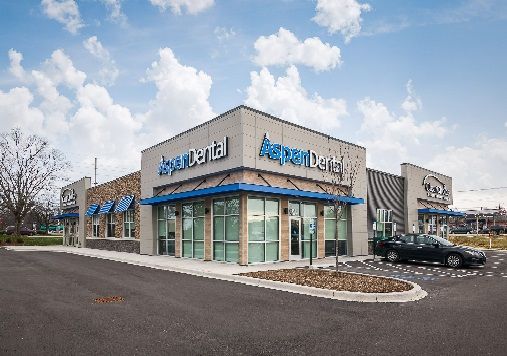
Visiting your dentist biannually, or twice each year, for regular cleanings and examinations is customary. These visits keep your teeth clean and help your dentist find, treat, or prevent oral health problems. When it’s not time for their scheduled cleanings, most people avoid the dentist—but there are a few telltale signs that you should have your teeth looked at, even if it’s outside your biannual appointments. Let’s look at some signs you need to see a dentist.
Tooth Pain or Swelling
Frequent toothaches or sharp, stabbing tooth pains could be signs of a deeper issue. When left untreated, these problems will worsen, as will your pain. Swelling in your cheeks or around the painful area could also be a sign of a root infection, which requires immediate treatment from your dentist. They can prescribe you an antibiotic to treat the infection and ease your pain, but full treatment of the infected root is necessary to prevent the infection from spreading.
Swollen, Sore, or Inflamed Gums
If you’re not already receiving treatment for gum disease, then swollen, sore, or red gums could mean you should start. If you have a mild form of gum disease, you’ll be able to treat and reverse it by regularly brushing, flossing, and following any other directions your dentist gives you. Infection, bacteria, and plaque can start to build below the gumline in people with gum disease. To restore your gum health, you’ll need to schedule professional deep-cleaning and scaling appointments.
Dry Mouth
Another sign you need to see a dentist is a chronically dry mouth. If you’ve been taking antibiotics or experiencing other persistent health issues, you might have dry mouth as a side effect. When experienced chronically, dry mouth can feel miserable, and when left untreated, it can even lead to other problems such as gum disease. To mitigate dry mouth, your dentist should be able to recommend treatment or prescribe you a special mouthwash.
Sensitivity to Hot and Cold
If you’re experiencing extreme sensitivity to hot and cold, especially if the sensitivity is sudden, it could indicate larger oral health problems. The easiest solution to this problem is scheduling an appointment with your dentist, who can prescribe you sensitivity toothpaste or dig deeper to find the root cause.
In need of a dentist visit? Come check out our dental offices in Riverview, Florida. Our team will ensure that you and your teeth are properly cared for and that you leave with a happy, winning smile.

